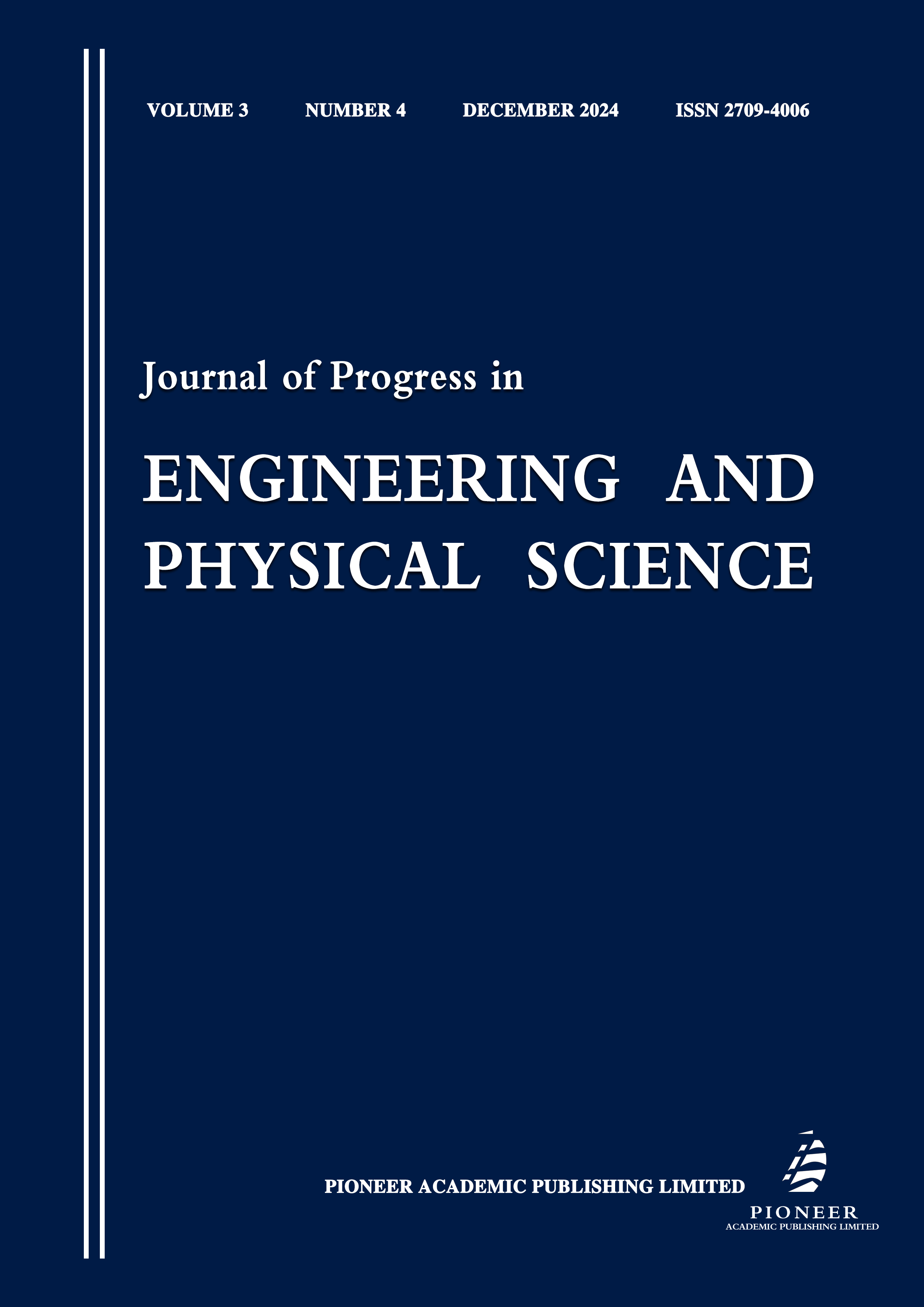Research on the Application of Intelligent Anti-Interference Technology in Audio Surveillance Systems
Keywords:
audio surveillance systems, intelligent anti-interference technology, signal processing, machine learning, deep learning, environmental noise, electromagnetic interference, human interference, noise suppression, speech recognition, behavioral analysis, algorithm implementation, hardware optimization, system integration, real-time processing, data security, privacy protectionAbstract
With the development of smart cities and Internet of Things (IoT) technology, audio surveillance systems have become an essential component of public safety and personal protection. However, audio interference issues caused by environmental noise, electromagnetic interference, and human factors severely affect the performance and reliability of surveillance systems. This paper aims to explore the application of intelligent anti-interference technology in improving the accuracy and stability of audio surveillance systems. By deeply analyzing the types of interference faced by audio surveillance systems, this study proposes a series of intelligent algorithm-based anti-interference strategies and corresponding design optimizations at the hardware level. Experimental results show that the proposed intelligent anti-interference technology can significantly improve the robustness of audio surveillance systems in complex environments. The paper also discusses the challenges faced by intelligent anti-interference technology and future development directions, providing a theoretical and practical foundation for further research and application of audio surveillance systems.


